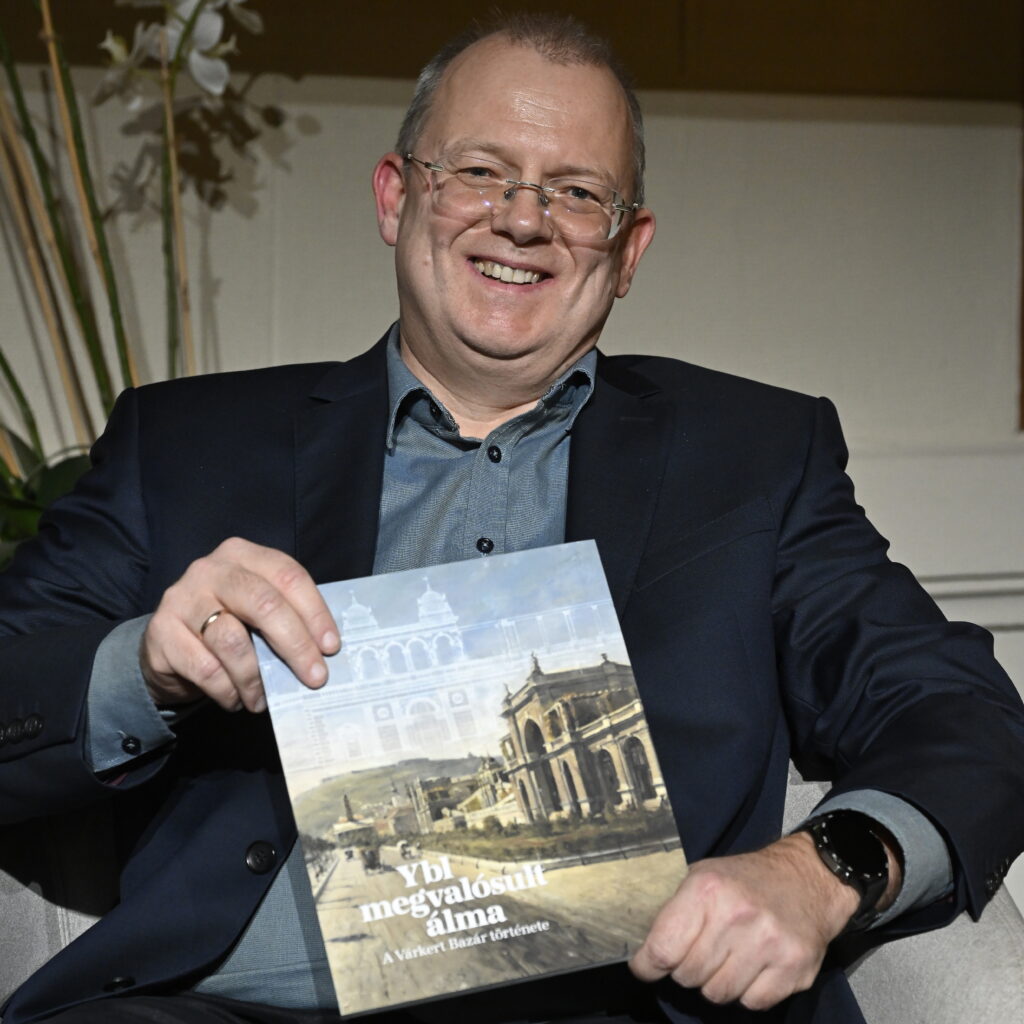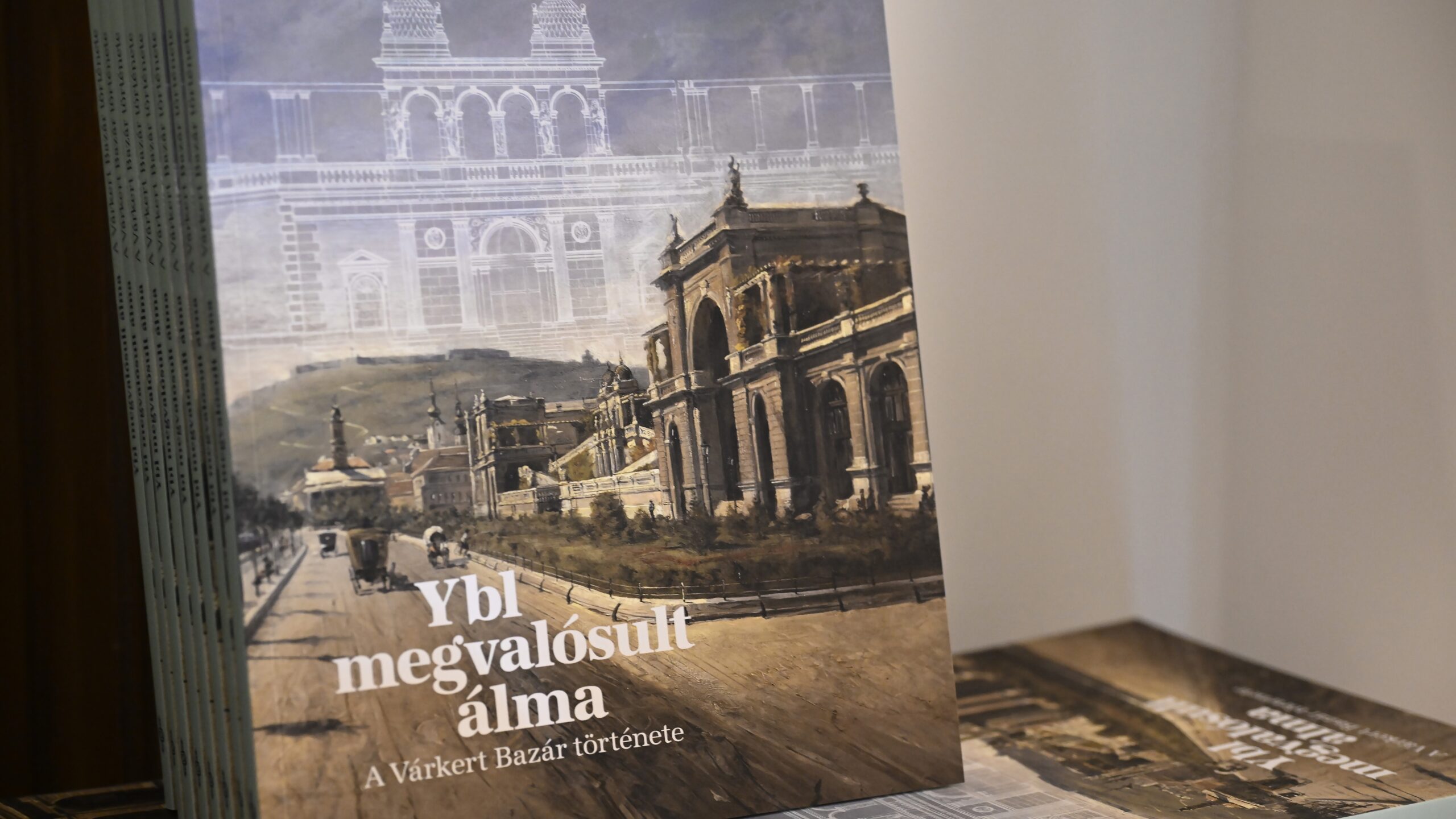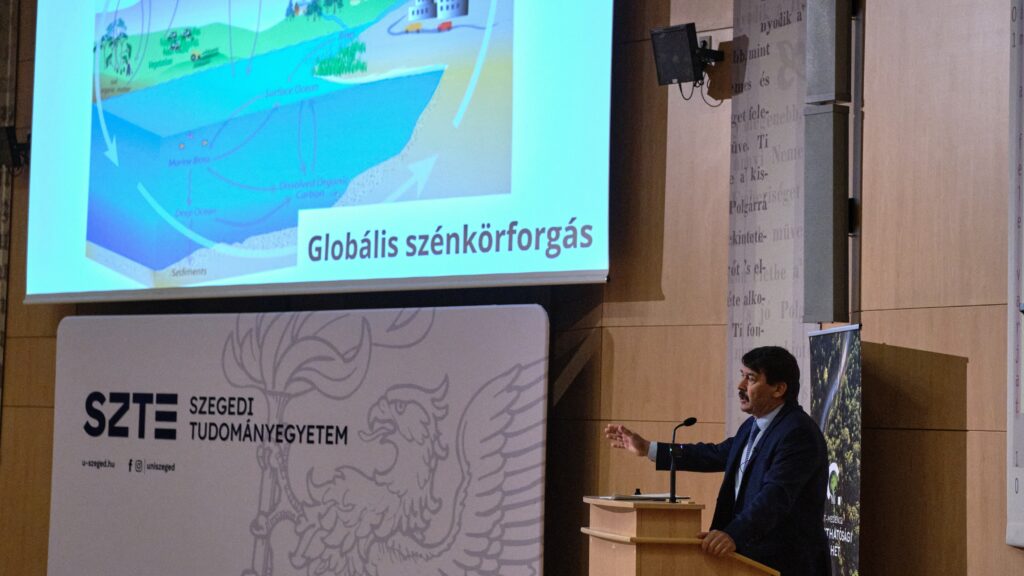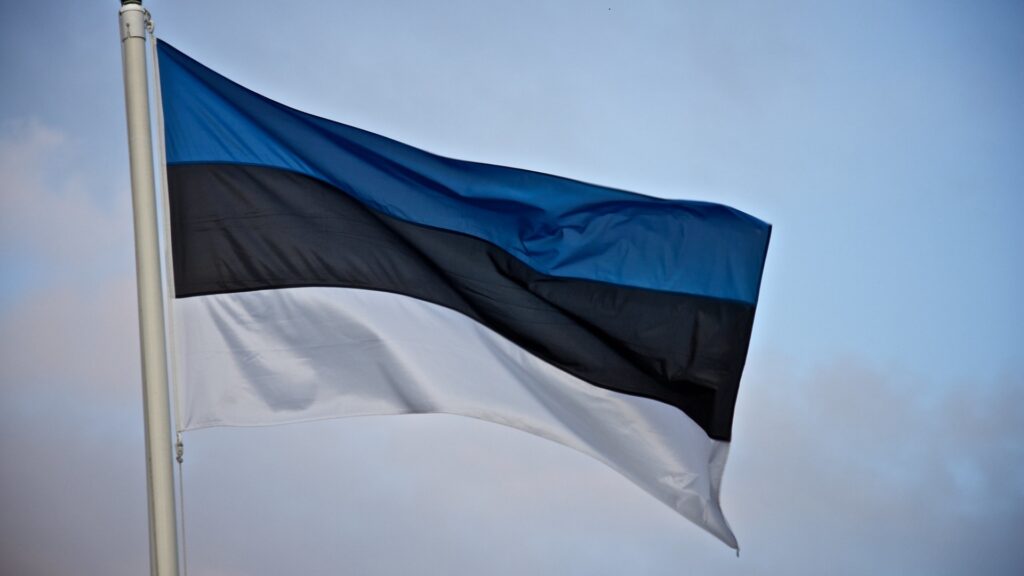A new publication from the Hauszmann Foundation titled Ybl Megvalósult Álma – A Várkert Bazár Története (‘Ybl’s Realised Dream: The History of the Várkert Bazaar’) was unveiled on Wednesday. The book delves into the architectural and historical journey of the Várkert Bazaar, covering its inception, its role as the Budai Ifjúsági Park (Buda Park for Youth), and its meticulous restoration under the National Hauszmann Programme.
At the book launch Gergely Fodor, Government Commissioner for the Renewal of the Buda Castle District, highlighted the significance of the ten-year revitalization of the Várkert Bazaar. Now a bustling cultural hub, it welcomes hundreds of thousands of visitors annually with a diverse array of events, including exhibitions, concerts, and family-oriented programmes.
Fodor noted that during the communist era the Buda Castle area was artificially severed from the urban fabric. Thanks to the National Hauszmann Programme, landmarks such as the St Stephen’s Hall, the Stöckl Staircase, the Main Guardhouse, and the Karakas Pasha Tower have been restored. By December, the reconstruction of the former headquarters of the Red Cross Society will also be completed.
Beyond its cultural significance, the Várkert Bazaar has become a key diplomatic venue, hosting events of the Hungarian EU Presidency this year.

László L Simon, author, cultural policy expert, and member of the Hungarian Academy of Arts, reflected on the challenges of restoring the Buda Castle. He criticized the misguided policies of the 1950s, which replaced the palace’s historical features with pseudo-medieval elements aligned with socialist realism. ‘Restoring the Buda Castle is a complex and often contentious endeavour, but it must be done to return the building complex to its rightful grandeur,’ he asserted.
The book forms part of a broader series documenting the Buda Castle District and explores the Várkert Bazaar’s rich history. Written by Miklós Szentpály-Juhász and edited by Attila Balázs, Éva Bálint, and Henrietta Kiss, it consists of sixteen chapters detailing the story of the landmark, designed by Miklós Ybl and constructed between 1875 and 1883.
Readers will discover the stories of Ybl’s talented collaborators, the challenges posed by the 1876 Danube flood, and the damage sustained during World War II. The book also includes rare illustrations, such as the final blueprint of the building, turn-of-the-century site plans, and depictions of its original gardens.
Timed to coincide with the anniversary of the National Hauszmann Programme, the book underscores the cultural and historical importance of the Várkert Bazaar. It celebrates the vision of Ybl Miklós while affirming the structure’s enduring relevance as a centre for culture and diplomacy in modern Budapest.
Whether a history enthusiast or a casual visitor, this book offers a comprehensive glimpse into one of Hungary’s architectural treasures, bridging its storied past with its vibrant present.
Related articles:








